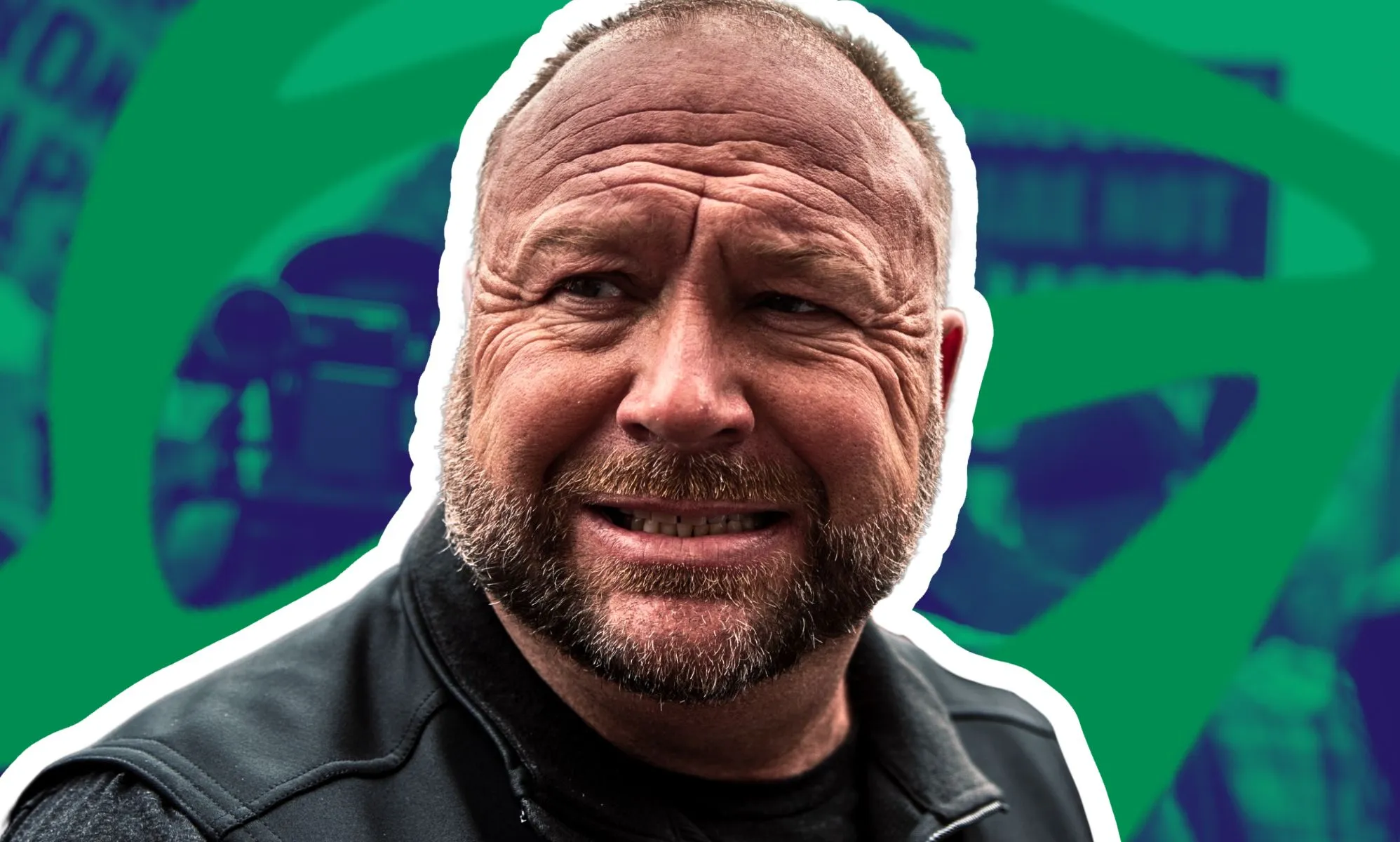Monkeypox: US government declares virus outbreak a public health emergency
Monkeypox cases have spiralled in the US. (Mario Tama/Getty Images)
The US federal government has declared monkeypox a public health emergency as the outbreak becomes the largest in the world.
Health and human resources secretary Xavier Becerra issued the declaration Thursday (4 August) at a time when the US grapples with more than 6,600 cases.
It comes as officials across the globe rush to raise the alarm over monkeypox. The World Health Organisation has already declared the breakout, which started in May, a global health emergency.
“In light of all of these developments and the evolving circumstances on the ground, I want to make an announcement today that I will be declaring a public health emergency,” Becerra said at a news briefing.
“We are prepared to take our response to the next level in addressing the virus. And I ask each American to take monkeypox seriously.”
For at least the next 90 days, the designation will empower federal officials to direct more resources and money into countermeasures like vaccines and drugs.
With emergency funds now freed up, federal agencies will also be able to hire more staff tasked with tackling monkeypox head-on.
Becerra will also now have the power to flex federal laws or waive requirements on government health programmes like Medicaid, Medicare and the Children’s Health Insurance Program.
The last time the US declared a public health emergency was in response to COVID-19 in January 2020. California, New York and Illinois, which carry some of the highest caseloads in the country, all announced health emergencies in July.

The virus has been seen in 48 states, including Washington DC and Puerto Rico, according to the Centers for Disease Control and Prevention. But health officials warn that the true number of cases in the US is likely higher, given that the official data only includes those who test after developing a rash.
But health experts and lawmakers alike have warned the government declaring a health emergency may be too little, too late. They say the Department for Health and Human Services (HHS) could have done more to contain the virus early on, although the department says it did everything it could.
Monkeypox, a milder version of smallpox, is rarely fatal. But the death count outside of Africa has begun to slowly climb, with at least four people having died of complications caused by the virus.
More and more patients are also reporting deeply painful and debilitating symptoms which haven’t been seen before in past versions of the virus, confounding scientists.
Health experts expected monkeypox to play out as it has so many times before, starting with flu-like symptoms and swollen lymph nodes that soon give way to a red, bumpy rash that swells with puss.
But in this recent wave, things have gone a little differently. New symptoms have emerged, like hard, singular lesions in the genital and rectal area. Some don’t even have some of monkeypox’s hallmark symptoms, such as the rash.
The way monkeypox is spreading is also different this time around. For a start, monkeypox is spreading widely in North America and Europe in a way it never has before.
The virus is transmitted through skin-to-skin contact. Though monkeypox is not a sexually transmitted disease, an analysis found that 95 per cent of cases were spread during sexual activity.
Monkeypox has so far disproportionately impacted queer men. In a study of more than 500 cases that were reported in 16 countries between April and June, investigators found that 98 per cent of monkeypox cases were among queer men.
WHO warned in July that it’s warned that it’s only a matter of time before monkeypox spreads beyond queer men.
In 2003, the US had a brief monkeypox flare-up. Dozens of cases were confirmed across six dates, with people falling ill after coming into contact with infected pet prairie dogs.






